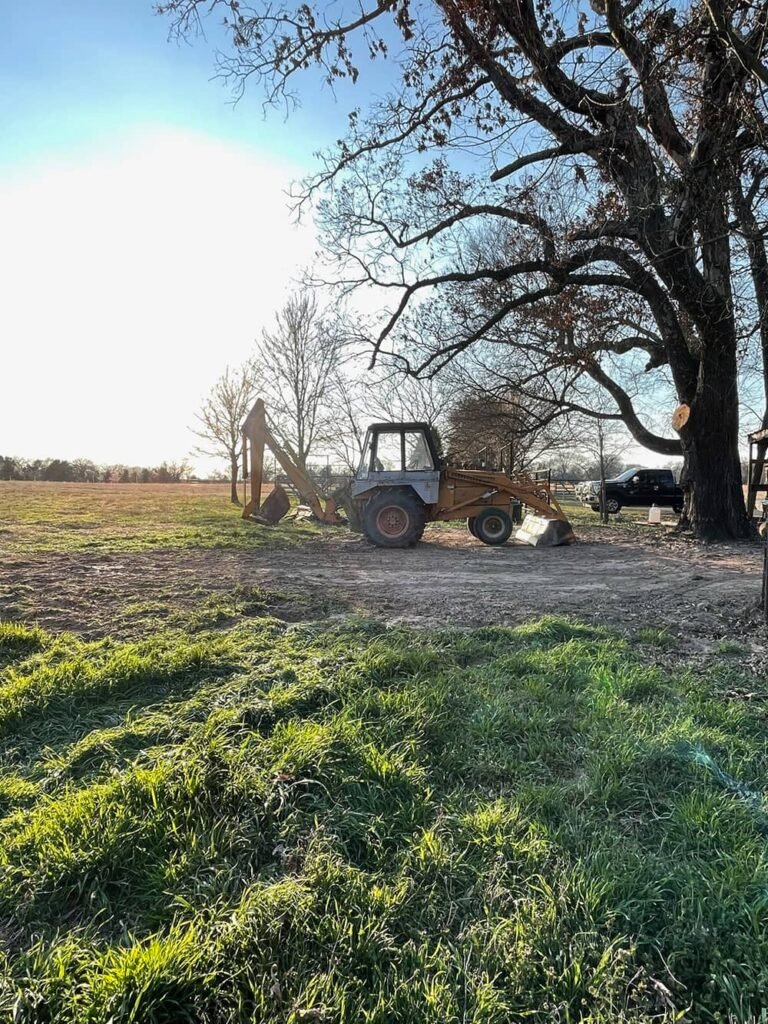That towering oak in your backyard might look majestic, but appearances can be deceiving. Trees that once added beauty and value to your property can slowly transform into expensive problems waiting to happen. While most homeowners focus on obvious maintenance tasks like roof repairs or HVAC servicing, tree-related issues often fly under the radar until they demand immediate—and costly—attention.
Understanding the true financial impact of delaying tree removal can help property owners make informed decisions before minor concerns escalate into major expenses. The costs extend far beyond the price of hiring a professional service, affecting everything from insurance premiums to property values.
The Price Tag of Procrastination
Emergency tree removal typically costs three to five times more than planned removal. When a storm damages a tree or it falls unexpectedly, homeowners face urgent situations that command premium pricing. Arborists working weekends, holidays, or after-hours charge accordingly, and the complexity of removing a fallen tree from a roof or power line adds significant labor costs.
Consider the difference between scheduling tree removal during a contractor’s slow season versus calling for emergency service after a branch crashes through your living room window. Planned removal might cost $800 to $1,500 for a large tree, while emergencies can easily reach $3,000 to $5,000 or more, depending on the damage involved.
The financial burden multiplies when you factor in property damage. A single large branch falling on a car can result in thousands of dollars in repairs or total loss. Roof damage from tree falls often requires extensive reconstruction, especially if water infiltration occurs before repairs can be made.
Insurance Complications That Drain Your Wallet
Homeowners insurance policies treat tree-related damage differently depending on the circumstances. If an insurer determines that a tree was diseased or dying before it caused damage, they may deny coverage entirely, arguing that proper maintenance could have prevented the incident.
Insurance companies increasingly scrutinize properties with large trees, particularly in areas prone to severe weather. Some insurers require professional tree assessments before issuing policies, while others exclude coverage for specific tree-related damages. Properties with multiple large trees near structures may face higher premiums or coverage limitations.
Even when insurance covers tree-related damage, deductibles apply, and claims can affect future rates. Multiple tree-related claims may result in policy cancellation, forcing homeowners into high-risk insurance pools with significantly higher costs.
Property Value Impact
Real estate professionals consistently report that problematic trees negatively affect property values and marketability. Potential buyers often view large trees close to structures as red flags, particularly if they show signs of disease or structural weakness.
Properties with obvious tree hazards may sit on the market longer, forcing sellers to reduce prices or invest in tree removal before completing sales. Real estate agents frequently recommend addressing tree issues before listing properties, as buyers may use potential tree problems to negotiate lower purchase prices.
Conversely, well-maintained landscapes with appropriately sized and positioned trees can increase property values by 10% to 15%. The key lies in maintaining the right balance and addressing problems before they become obvious liabilities.
Utility and Infrastructure Costs
Trees growing too close to power lines create ongoing expenses that many property owners overlook. Utility companies regularly trim or remove trees that threaten electrical infrastructure, but they often pass these costs to customers through higher rates or direct billing.
When tree roots damage sewer lines, water mains, or underground utilities, repair costs can reach tens of thousands of dollars. These issues typically develop slowly over years, making them easy to ignore until major system failures occur.
Foundation damage from tree roots represents another significant expense. Large trees planted too close to homes can cause foundation settling, cracking, or upheaval that requires extensive and expensive repairs.
Health and Safety Considerations
Beyond financial costs, dangerous trees pose liability risks that can result in devastating lawsuits. If a tree on your property injures someone or damages neighboring property, you may face personal injury claims or property damage lawsuits that exceed insurance coverage limits.
The emotional toll of tree-related accidents shouldn’t be underestimated either. Families dealing with injuries or property destruction often struggle with the knowledge that proactive tree removal could have prevented the tragedy.
Making Smart Decisions About Tree Removal
Professional arborists recommend annual tree inspections to identify potential problems before they become emergencies. Signs that indicate trees may need removal include extensive dead branches, trunk damage, root system problems, or significant leaning.
The cost of professional tree assessment typically ranges from $100 to $300, a small investment compared to potential damages. Certified arborists can provide detailed reports documenting tree conditions, which can be valuable for insurance purposes and future reference.
Timing tree removal strategically can reduce costs significantly. Many tree services offer lower rates during the winter months when demand decreases. Planning removal projects during slower periods allows for better scheduling and more competitive pricing.
Moving Forward With Confidence
Tree removal plays a critical role in maintaining property safety, aesthetics, and long-term value—especially when aging or damaged trees pose structural risks. While the decision shouldn’t be rushed, delaying necessary action can lead to escalating hazards and higher costs. Proactive property owners who schedule regular assessments and address potential issues early benefit from reduced long-term expenses, enhanced curb appeal, and peace of mind knowing their landscapes are secure and well-maintained.

